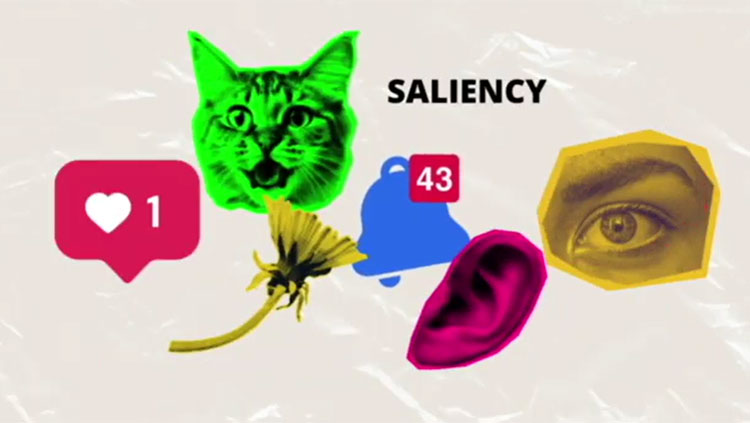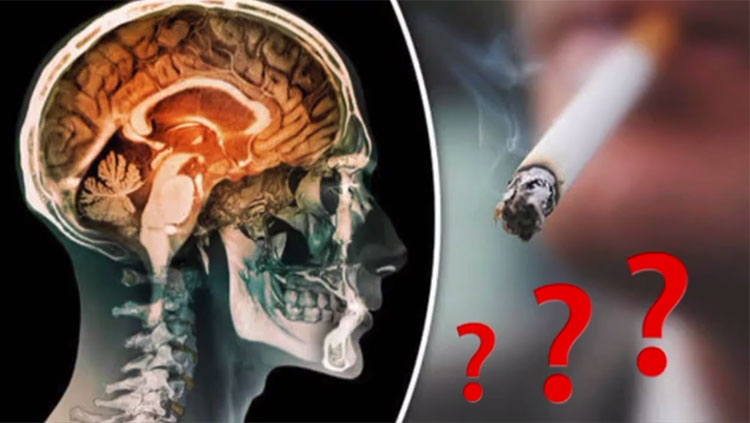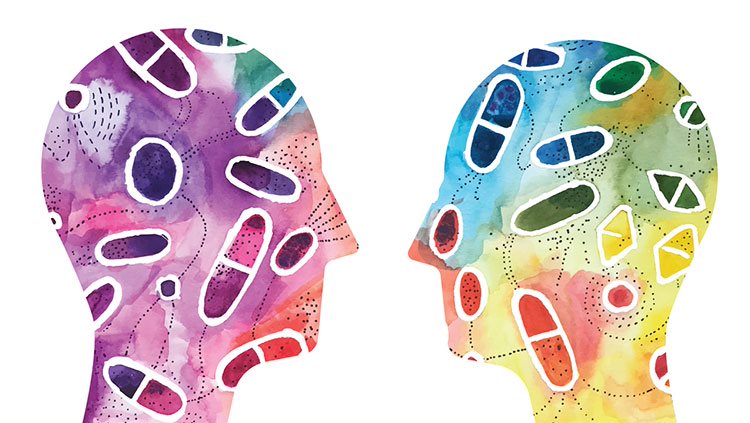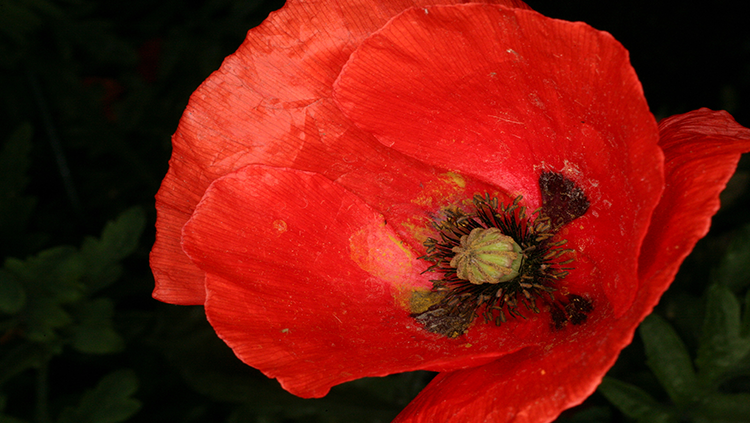A spoonful of sugar: an innocent substance that helps the medicine go down, or poison in disguise? Sugar activates reward areas in the brain, but too much stimulation can lead to cravings, tolerance, and addictive behaviors.
This video is from the 2020 Brain Awareness Video Contest.
Created by Heshwin Singh
CONTENT PROVIDED BY
BrainFacts/SfN
Transcript
A spoonful of sugar — an innocent substance that helps the medicine go down or is it a poison in disguise? With over 56 aliases those class of molecules called carbohydrates hides in plain sight in almost every aspect of a meal resulting in overconsumption. The average individual consumes 95 grams a day, exceeding more than double the amount.
The consumption of such high volumes has adverse effects on our body, especially our brains. Let’s break it down. What happens when you first put that spoonful of sugar into your mouth?
The sweet sugar hits your tongue, and the light flavor consumes your mouth. The small bumps on your tongue are called papillae, comprised of small lumps of tissue. The tastebuds, located in the walls of the papillae, contain anywhere from 50 to 150 taste receptor cells. Each cell has a small microvilli that extends out and protrudes from a taste pore from which substances in the mouth can come in contact with and upon this contact the cells are depolarized.
Upon depolarization, the cells release neurotransmitters that activate the sensory neurons, which travel through cranial nerves seven, nine, and 10. The sensory neurons terminate on neurons of the solitary tract in the medulla. From here, the taste information is sent to the thalamus then the information is transferred to the cerebral cortex, specifically a region called the gustatory cortex. This region can be located on the border of the anterior insula and frontal operculum.
Once the taste information reaches the gustatory cortex, it identifies a taste stimulus as being sweet, salty, sour, bitter, umami, etc. When the sweet taste is identified, the reward system in our brains is activated. A key component of the system is the neurotransmitter dopamine. In our brainstem, there is a region called the ventral tegmental area, which is highly dopaminergic and starts to increase the release of dopamine when sugar is tasted.
The mesolimbic dopamine pathway is one of two major pathways from which the released dopamine travels. The other being the mesocortical dopamine pathway. Through this pathway, it is able to connect with the nucleus accumbens, a major part of the ventral striatum located in the basal forebrain. The increase in dopamine causes a correlation in the brain between sugar and the pleasure in consuming it, making it highly rewarding to continue eating.
However, the overactivation of the system causes cravings, increased tolerance, and addictive tendencies, which showcases the dangers of sugar on the brain. For example, in the process called neuroplasticity, the brain remodels and rewires itself, and when a repeated activation of the reward system by sugar takes place, the brain adapts to the frequent stimulation and builds a tolerance thus causing addiction.
In a study performed on rats by Cold Spring Harbor Laboratory, the study showed how the rats which had sugar rich intakes alter their neurons and were less able to make decisions and control their behavior.
Sugar also impacted the hippocampus, an area of the brain responsible for memories. Research published by the University of New South Wales exhibited that rats eating high sugar diets were not able to remember the objects’ locations due to a reduction of newborn neurons which are vital for creating memories and increase in chemicals associated with inflammation.
An article from the New England Journal of Medicine published research showcasing how this inflammation can also have lasting impacts on the brain, and studies showed how high glucose levels correlated with Alzheimer's disease. In a study from Radboud University in the Netherlands it was found that overconsumption of sugar in adolescents resulted in a reduction of reward processing in adulthood that may lead to symptoms of depression.
Furthermore, the brain’s dopamine delivery system is very particular, and one study conducted by the Howard Hughes Medical Institute found that when mice were given artificial sweetener or sugar water, they chose the sugar water over the sweetener. And when their brain activity was visualized it was found that the brains reward system only responded to sugar.
All in all, the brain’s reward system is a result of our evolved biology that helps with our survival instincts. However, in our modern environment filled with sugar laden foods it is a daily challenge to fight this addiction.

















